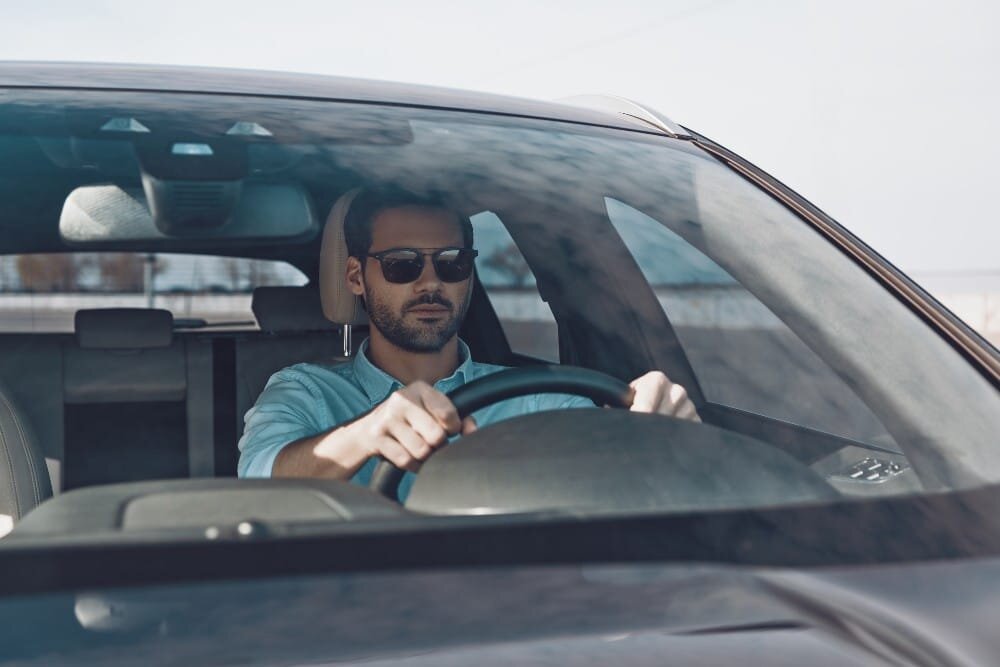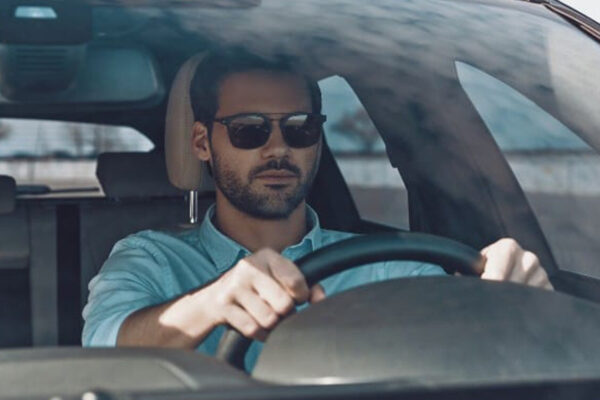What To Do About Eye and Vision Problems While Driving
While eye problems can be annoying wherever and whenever they occur, there is perhaps no more dangerous of a time to experience them than when driving. This is true for both us and others, as our vision is essential for making the right decisions when behind the wheel.
Unfortunately, many of us experience occasional eye problems that can make driving more difficult and even dangerous. Here are a few of the most common vision problems while driving and what you can do to help keep your eyes healthy and focused while driving.
What Causes Vision Problems While Driving?
Near/farsightedness: Nearsightedness, or myopia, is when you can see near objects, but have problems seeing far away. Farsightedness, or hyperopia, is when you can see at a distance, but it’s difficult to see close things. Both can impact your vision and impair your ability to make the right decisions when driving, which could result in an accident.
Astigmatism: Astigmatism is an eye curvature abnormality that causes the eyes to be oval-shaped rather than round. It can also be accompanied by hyperopia or myopia. Astigmatism can cause blurry vision and will often incline people to squint to see better, which can greatly increase the dangers of driver error.
Strabismus: Commonly referred to as ‘cross eyes’, this eye condition is when the eyes become misaligned. Strabismus can cause double vision, which can affect your ability to navigate your surroundings when driving.
Color blindness: Color blindness is a vision defect that makes it hard to see the colors red and green. It can make identifying traffic lights and colored road signs difficult, and as a result, dangerous when driving.
Nyctalopia: Often referred to as night blindness, this is a problem that can occur when driving at night. It can be caused by several factors including glare from oncoming traffic, reflections from wet roads, and even the bright lights of cities.
Dry eyes: Dry eye syndrome happens when your tears can’t provide enough lubrication for your eyes, resulting in symptoms like blurry vision, redness, and burning or stinging sensations. It can be very uncomfortable and make driving difficult.
Cataracts: A cataract is a clouding of the eye’s lens that makes it difficult to see clearly. They often develop slowly and can impact both near and far vision. As they worsen, they can make driving more dangerous.
Macular degeneration: Macular degeneration is a disease that can damage the macula, an area of the retina, and cause central vision loss. Macular degeneration mainly affects individuals over 65 years old and causes color loss, fuzzy vision, and difficulty seeing people, symbols, and roadway markers.
Glaucoma: This is a group of eye diseases that can damage the optic nerve, resulting in vision loss. Blind spots can develop as this problem progresses, creating an inevitable risk when trying to navigate the road safely.
What Can Be Done for Vision Problems While Driving?
As there are a few things that can contribute to these eye and vision problems while driving, there are also several ways to help prevent them.
Regular and Preventive Exams
Keeping tabs on your eye health is one of the best ways to identify and get on top of problems before they become serious. This can be most effectively done through regular exams and check-ins with an optometrist who can assess any risks or underlying problems you may have.
Wearing the Right Glasses or Contact Lenses
If you need corrective lenses, it’s important to wear them when driving. This will help you see more clearly and make better decisions while on the road. You should also consider getting polarized lenses to help with glare and photochromic lenses that adjust to light changes.
Taking Breaks and Adjusting Your Posture
If you’re driving for long periods, it’s important to take breaks every few hours. This will help your eyes rest and prevent them from getting too tired. You should also adjust your posture regularly to keep your eyes from getting strained.
Looking After Your Overall Health
Your eye health is closely linked to your overall health, so it’s important to take care of your body as well. This means eating a healthy diet, exercising regularly, and getting enough sleep. You should also avoid smoking, as it’s a leading cause of macular degeneration.
Adjusting Your Car
Making sure your car is set up in a way that’s comfortable for you can also help reduce eye strain. This means adjusting your seat so you’re sitting up straight and positioning your mirrors, so you don’t have to strain your neck to see.
These are just a few things that can be done to help improve your eye health and prevent problems while driving. By taking these precautions, you can help ensure that you’re seeing as clearly as possible and reduce the risks on the road.

When to Schedule an Appointment
While several mitigatory actions can be taken in managing your risk of vision problems while driving, it is also important to note that some cases are best to be assessed and treated by a professional.
If any of the following apply to you, it may be a good idea to visit our office.
- Experiencing pain in or around the eyes
- Having difficulty seeing, even with corrective lenses
- Noticing any changes in your vision, such as floaters or flashes of light
- Seeing double, or having blurry vision in one or both eyes
- Noticing any sudden changes in vision
If you experience any of these symptoms, it is best to contact us as soon as possible. We will be able to assess the problem and provide you with the treatment you need to help with the vision problems while driving that you experience.



